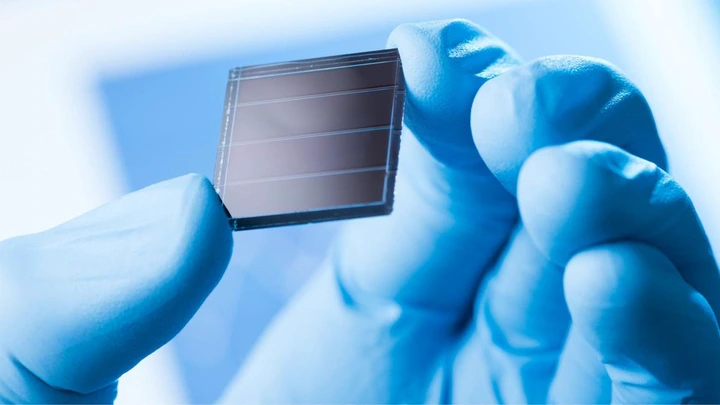Novel organic solar cells demonstrate exceptional durability in tests against space radiation.
Traditionally, silicon and gallium arsenide have been the primary materials used in solar cells, but now a new player is making its way into the spotlight: organic solar cells.

View pictures in App save up to 80% data.
In order to explore the vastness of space, both space agencies and private companies must first overcome the challenge of securing reliable energy sources.
Silicon and gallium arsenide have long been the primary materials used in solar cells, but a new player is making waves: organic solar cells.
Constructed from carbon-based substances, these cells present numerous benefits: they are lightweight, adaptable, and could be more cost-effective to manufacture. However, their resilience in the extreme conditions of space has raised significant concerns.
A new study conducted by researchers at the University of Michigan examined how proton radiation, a significant hazard in outer space, affects organic solar cells.
Earlier studies on organic solar cells in space mainly focused on assessing their overall efficiency following radiation exposure. In contrast, the latest research takes a more in-depth approach by exploring the molecular mechanisms responsible for the decline in performance.
"According to Yongxi Li, the lead author of the research, 'Silicon semiconductors face stability issues in space due to proton irradiation from the sun.'"
"Li noted, 'We conducted tests on organic photovoltaics using protons, as these particles are regarded as the most harmful to electronic materials in space.'"
Adaptable organic cells
Gallium arsenide is favored for space missions because of its impressive efficiency in converting sunlight into electricity. This material effectively harnesses a large fraction of solar energy. Additionally, it is resilient against the harmful impacts of protons, which are plentiful in the space environment.
Nevertheless, there are some drawbacks associated with it. For example, gallium arsenide is costly to manufacture. Additionally, similar to silicon, it has a considerable weight and is challenging to manipulate, which may restrict its use in space exploration missions.
On the other hand, organic solar cells are recognized for their lightweight and flexible characteristics. These qualities make them appealing for